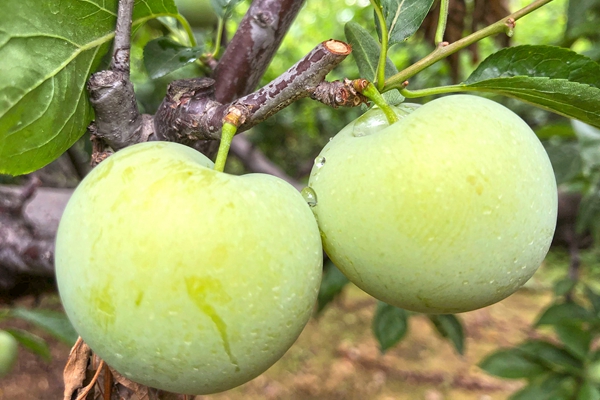Historical Shantang St
Updated: 2012-03-30
Shantang St runs for 7 li (just over two miles) and was called Baigong Di in the past. When Bai Juyi, a famous poet of the Tang Dynasty (AD 618-907), was mayor of the city of Suzhou, he got the people to dig ditches and build roads. They developed a waterway, the Shantang River, and Shantang St to connect Tiger Hill with Suzhou and ever since, the street has been a popular tourism resort with Wu (Jiangsu province) characteristics and plenty of ethnic customs. In fact, Suzhou St, in Beijing’s Summer Palace, was built as an exact copy of Shantang St for the Empress Dowager, Cixi, of the Qing Dynasty(1861-1908)for her amusement.
The street has a number of old temples, ancestral halls, memorial arches, and guild halls, which retain their original style, with a sense of variety. Many familiar Bantang (a place in Shantang Street)legends from the Ming Dynasty(1368-1644), such as those about Chen Yuanyuan and Dong Xiaowan, show the graceful, refined side of Shantang. The poem Shantang Quatrain, written by Zhao Yi of the Qing, talks of many beautiful girls on Shantang Steet. On the other hand, if you visit the Five-man Tombs (five people of Suzhou who fought against greedy Ming officials) or the Gexian Tomb (of Ming merchants who fought against local bullies), you’ll get a taste of the masculine side of Shantang and Suzhou.
In June 2002, Suzhou began a restoration project to make Shantang a historical and cultural protection zone, and the first phase of that project has been completed. The reconstruction work centered on restoring the traditional style, integrated with tourism and entertainment to display Shantang’s rich heritages and the waterways, in typical Suzhou style, and the folk customs with Wu characteristics.
Tickets: 45 yuan/person (Yuhan Hall, Antai Firefighting Society, Ship Culture Museum, and Chamber of Commerce Museum)
Tel: 65318810
Getting there: Take Travel bus 5, 406, 7, 146, 70, or 69.
Tel:0510-81178873
E-mail:haiyulu@163.com


